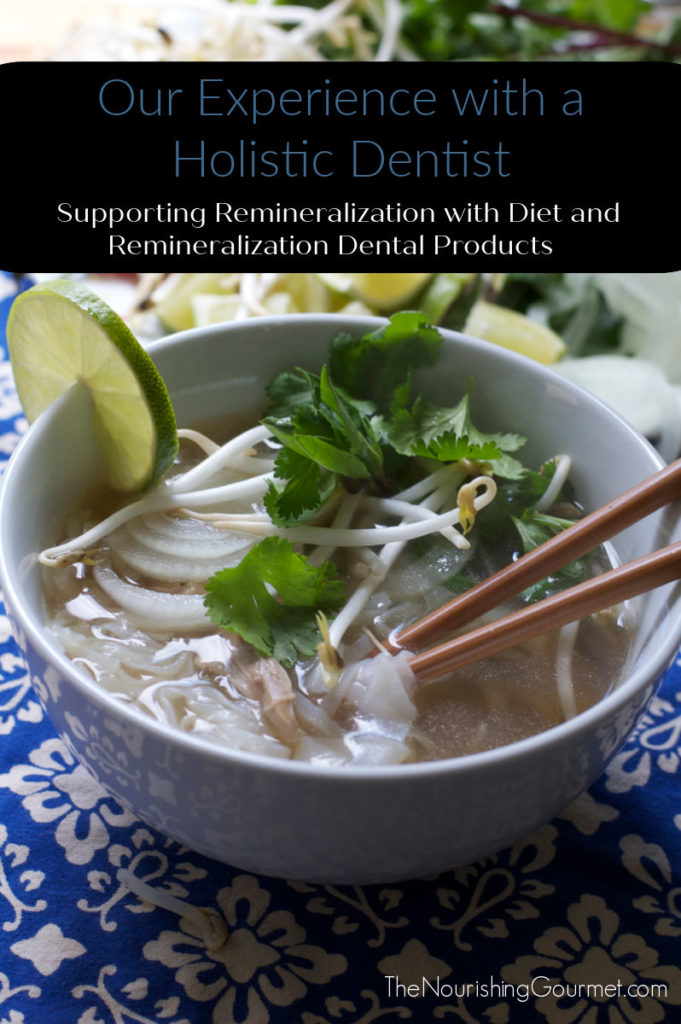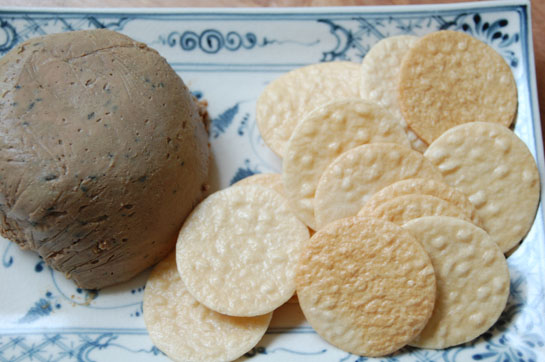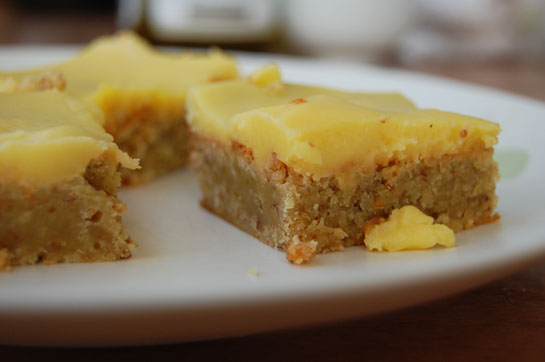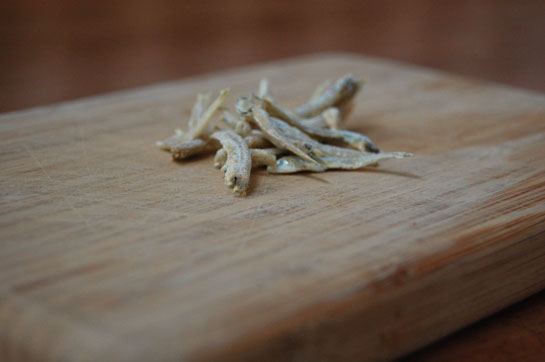
Updated: March 1, 2020
Is it possible that our dietary choices, beyond the basic question of how much sugar we consume, can impact our dental health? Today, I will be sharing our experience working with a holistic dentist who had a three-pronged approach to dental health: diet, using remineralization products, and regular dental cleanings. Let’s talk about why she chose that approach.
Dr. Weston A Price
I was first interested in this topic when I was introduced to Dr. Weston A Price’s book, Nutrition and Physical Degeneration. He was a dentist at the turn of the century who focused on the correlation between diet and cavities. Price traveled the world, studying the nutritional value of traditional diets and the dental health of those who ate said diets. He found two things: traditional diets were much higher in nutrients than the typical diet in industrialized nations, and the people who ate these traditional diets had less dental decay and better teeth and jaw formations. It’s important to note that these were not studies, and his observations don’t prove anything more than a correlational link.
That said, he wrote about his own experience of feeding malnourished children a nutrient-dense diet and seeing if it made an impact on cavities. Before the trial, the children’s diet consisted “of highly sweetened strong coffee and white bread, vegetable fat, pancakes made of white flour and eaten with syrup and doughnuts fried in vegetable fat.”
The diet he fed them at their mid-day meal (they were still eating at home for breakfast and dinner) was:
- 4 ounces of tomato juice or orange juice
- 1 teaspoon of equal parts of very high vitamin natural cod liver oil and an especially high vitamin butter (at the beginning of the meal)
- 1 pint of stew, full of nutrient-dense homemade stock, made with plenty of bone marrow bones, meat, and vegetables.
- Cooked fruit with very little sweetening
- Rolls made out of freshly ground whole wheat and lots of pastured butter.
- Plus, each child was given two glasses of fresh whole milk.
Each child had seconds if they wanted it (and many did). This menu regularly varied to include fish chowder or organ meats.
Before the program, Price had carefully examined and taken x-rays of all of the children’s teeth. He reported that, after being in his program, 90% of the children showed signs of arrested cavities. Their cavities weren’t getting worse, and new ones weren’t forming. He also showed through x-rays that some of the children had cavities remineralized. (You can see the x-rays in his book). He also noted improved nutrient levels in their salvia (more on saliva below).
He found that if they stopped eating his food, they would often start having rapid decay again.
What’s happening here? First, we should note that this was certainly not a low-sugar or low-carbohydrate diet. They were still eating highly sweetened food in the morning and evening, though this meal would likely help them reduce simple sugars for one meal. But he argues that it was not simply taking out sugary foods but rather adding in nutrient-dense foods.
What does modern research show us? Here is a sample of what research is showing:
Vitamin D and Cavities
Dr. Price noted higher amounts of vitamin D (alongside other nutrients) among traditional diets. He fed children foods high in vitamin D for that reason. Recent research does show a link between vitamin D and dental health. “This systematic review…suggests that supplemental vitamin D was associated with a 47% reduced risk of caries.” Source (PDF)
Malnutrition and Cavities
Recent research has shown a connection between malnutrition and cavities. One study shows a relationship between cavities, mouth pain, and malnutrition. Another study found that early malnutrition resulted in more cavities. Other research shows, interestingly, that children who were obese or underweight had more cavities.
Impacts of sugars and carbohydrates
There is a dynamic relationship between both simple sugars, and other fermentable carbohydrates, as they “affect the integrity of the teeth, quantity, pH, and composition of the saliva, and plaque pH…” Source
Furthermore, “The relation between diet and nutrition and oral health and disease can best be described as a synergistic 2-way street. Diet has a local effect on oral health, primarily on the integrity of the teeth, pH, and composition of the saliva and plaque. Nutrition, however, has a systemic effect on the integrity of the oral cavity, including teeth, periodontium (supporting structure of the teeth), oral mucosa, and alveolar bone. Alterations in nutrient intake secondary to changes in diet intake, absorption, metabolism, or excretion can affect the integrity of the teeth, surrounding tissues, and bone as well as the response to wound healing.”
In short, what we eat does matter.
One food item Dr. Price added was dairy. Here are two related studies.
Yogurt is linked to Lower Cavities:
Research shows that “a high consumption of yogurt may be associated with a lower prevalence of dental caries in young children.” Source
Cheese linked to Lower Cavities
Cheese may help prevent cavities because it helps increase saliva (more on that below), it could help inhibit “plaque bacteria,” and “thereby reducing acid production”, and because it increases “alkaline substances, calcium, inorganic phosphate, and casein, which decrease mineralization and enhance remineralization.”
What is Remineralization?
Dr. Price claims to have seen remineralization in children who were eating a better diet. What does that mean?
“Tooth remineralization is a reparative process, which occurs naturally and daily inside the mouth. This process repairs the lost enamel (outermost part of the tooth) and helps in preventing cavities.” Source
Here are two factors that relate to remineralization:
pH of saliva (impacted by the calcium and phosphate it contains)
Bacteria in the mouth
Bacteria
According to research, cavities are caused “by the interaction of bacteria, mostly Streptococcus mutans, and sugar on tooth enamel surfaces.” Bacteria breaks down carbohydrates and then causes an acidic environment that “leads to demineralization and resultant carious lesions.”
Saliva’s Role in Remineralization
Saliva is “one of the most important biological factors” in neutralizing acid exposure. Dental erosion is “directly related to the buffering capacity and rate” of saliva. Saliva helps because it has a“cleaning and antibacterial action” but also because it is a “constant source of calcium and phosphate.” This is helpful because those minerals “helps in maintaining supersaturation with respect to tooth minerals, therefore inhibiting tooth demineralization during periods of low pH.”
Do you remember how Dr. Price noted higher nutrients in the saliva of kids eating a better diet? Calcium and phosphate in your saliva are known to help remineralize teeth. I couldn’t find research backing his claims that a more nutrient-dense diet increased minerals in saliva, but it’s an interesting note.
Because saliva is so important for your dental health, if you have dry mouth (and therefore less saliva), you are much more prone to cavities. Those who sleep with their mouth open, also causing dry mouth, are also more prone to decay.
Our Experience Working with a Holistic Dentist.
Besides the typical encouragement to get regular dental cleanings, our dentist also recommended a low sugar and high nutrient diet. Many holistic dentists also discourage eating and drinking all day long, as the constant influx of foods and beverages reduces the pH in your mouth, and therefore prevents teeth from remineralizing.
She recommended several different avenues to help teeth in their regular remineralization process. One was using both toothpaste and a mouthwash that specifically helps with three things, 1) pH, 2) remineralization substances 3) xylitol (which research has linked to lower amounts of bacteria in the mouth).
The other rule was to chew xylitol gum after drinking or eating, when not brushing. (I link to the brand recommended by many dentists because it not only has xylitol, but it also keeps the mouth at a better pH).
Fluoride is the most common remineralization addition to toothpaste, and the products she recommends contain them. Her stance was that research shows the most benefit from using fluoride orally, rather than drinking fluoridated water. If you are looking for an alternative to fluoride that also promotes remineralization, in Japan, they use hydroxyapatite, a mineral that constitutes 90% of our tooth enamel, and that many studies show protects and helps remineralize with similar results as fluoride. Specific brands suggested below.
Products:
Apagard Premio: Well respected Japanese brand that uses hydroxyapatite (mineralization) and xylitol (anti-bacterial). Boka offers a similar toothpaste, with added essential oils (flavor and anti-bacterial).
Ctx4: This is the system that our dentist recommends. It helps with pH neutralization, uses xylitol (anti-bacterial), fluoride and nano hydroxyapatite for remineralization.
Coral Nano Silver Toothpaste: Uses xylitol (anti-bacterial), nanosilver solution (antibacterial, antimicrobial, anti-inflammatory, anti-fungal) coral calcium (restores proper pH, offers trace minerals for remineralization), and essential oils (antibacterial, anti-inflammatory)
Mouthwatchers Toothbrushes: The fine bristles cleans teeth better than a typical toothbrush, and the silver in it helps prevent bacterial growth
Probiotics for the Mouth: Because good bacteria is just as important as not having bad bacteria in the mouth.

 I have been having fun with my
I have been having fun with my